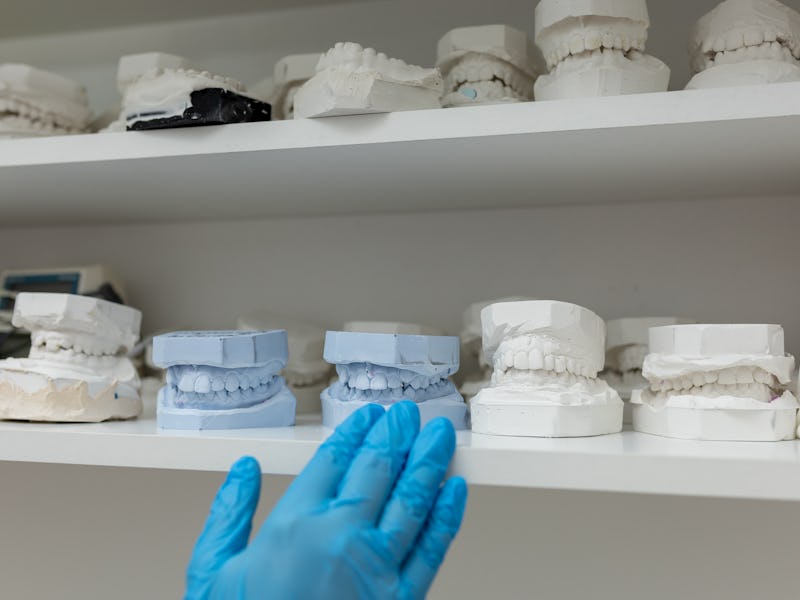A Rare Set of Teeth From the Bronze Age Uncovered Clues About Ancient Diets
Here is a look at the human mouth from another millennium.

Cavities and gum disease usually don’t portend good news, but in the case of two teeth, they prove remarkable. Molars from 4,000-year-old human remains that date back to the Bronze Age were found in a limestone cave in Killuragh, County Limerick, Ireland in the 1990s.
Recently, researchers re-analyzed the two teeth and the remnants of the ancient bacteria left behind to gain a rare picture of the human mouth from another millennium.
S. mutans of yesteryear
Teeth, and the microbes they harbor, tell a story. By analyzing these microbes, we can see how the oral microbiome has changed over time, and spot clues about our ancestor’s diets.
The researchers published their findings today in the journal Molecular Biology and Evolution.
After sampling the two teeth for ancient DNA analysis, the team assessed the genomes of various bacteria there. They then compared their findings with publicly available ancient sequence data from teeth to see how this man’s microbiome differs from others.
Ancient biofilm, or dental plaque, can be tough to come by. Most information we have on the oral microbiome comes from the last 2,500 years, with only a few predating medieval times. Even less understood is one particular species of bacteria, S. mutans. While this microbe, associated with tooth decay, commonly dwells in our mouths now, it’s rare in ancient teeth. It wasn’t until humans began to regularly consume sugar that it became a key component in plaque.
To the team’s surprise, the tooth’s root “yielded an unprecedented quantity” of ancient genetic material from S. mutans, according to the paper. This is one of the first high-quality ancient genomes from this microbe that we have.
“Ancient S. mutans genomes are very rare, so the Killuragh sample provides an important anchor for understanding modern diversity,” Lara Cassidy, the paper’s senior author and assistant professor of genetics at Trinity College Dublin, tells Inverse. One other example of ancient S. mutans comes from a Neolithic tooth from France that’s about 5,000 years old.
S. mutans doesn’t typically preserve well because it is acidic. The limestone cave’s cool, dry, and alkaline conditions may have contributed to S. mutans’ exceptional preservation, according to the paper. “Alkaline environments can help buffer the effects of acid and stabilize the bone mineral,” Cassidy says. The authors go on to speculate that S. mutans was present not from a dental cavity, as might be the case in modern times, but because the Bronze Age man may have suffered from a systemic infection that entered his bloodstream, resulting in the microbe’s presence in the root canal.
T. forsythia, now and then
The team also reconstructed two genomes from T. forsythia, a bacterium that fosters gum disease. Even though these bacteria came from the same mouth, they differed immensely. This split suggests that prehistoric humans hosted higher levels of microbe diversity than modern humans. Modern T. forsythia populations are also much less diverse, and closely related to each other.
“In ancient mouths, T. forsythia may have been a more diverse species,” Cassidy says. This doesn’t only speak of T. forsythia’s past, but also past humans’. If a single mouth held such diverging strains of a single species of bacteria, then ancient human microbiomes may have been far more diverse than they are now. She also describes the “deep diversity in modern S. mutans populations,” explaining that some strains of the bacteria split at this point over 4,000 years ago.
“There have been dramatic changes in the oral microenvironment from the Bronze Age to the present day,” Cassidy says. The bacteria that cause dental diseases have transformed time and again, becoming more virulent.
Still, the most important takeaway is far more practical, according to Cassidy. “Perhaps the most important thing to remember is to clean your teeth!”